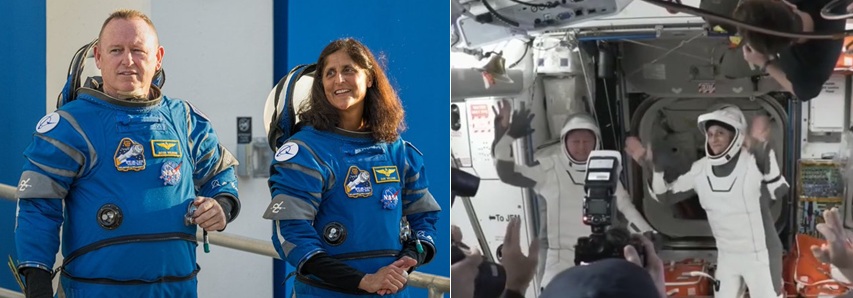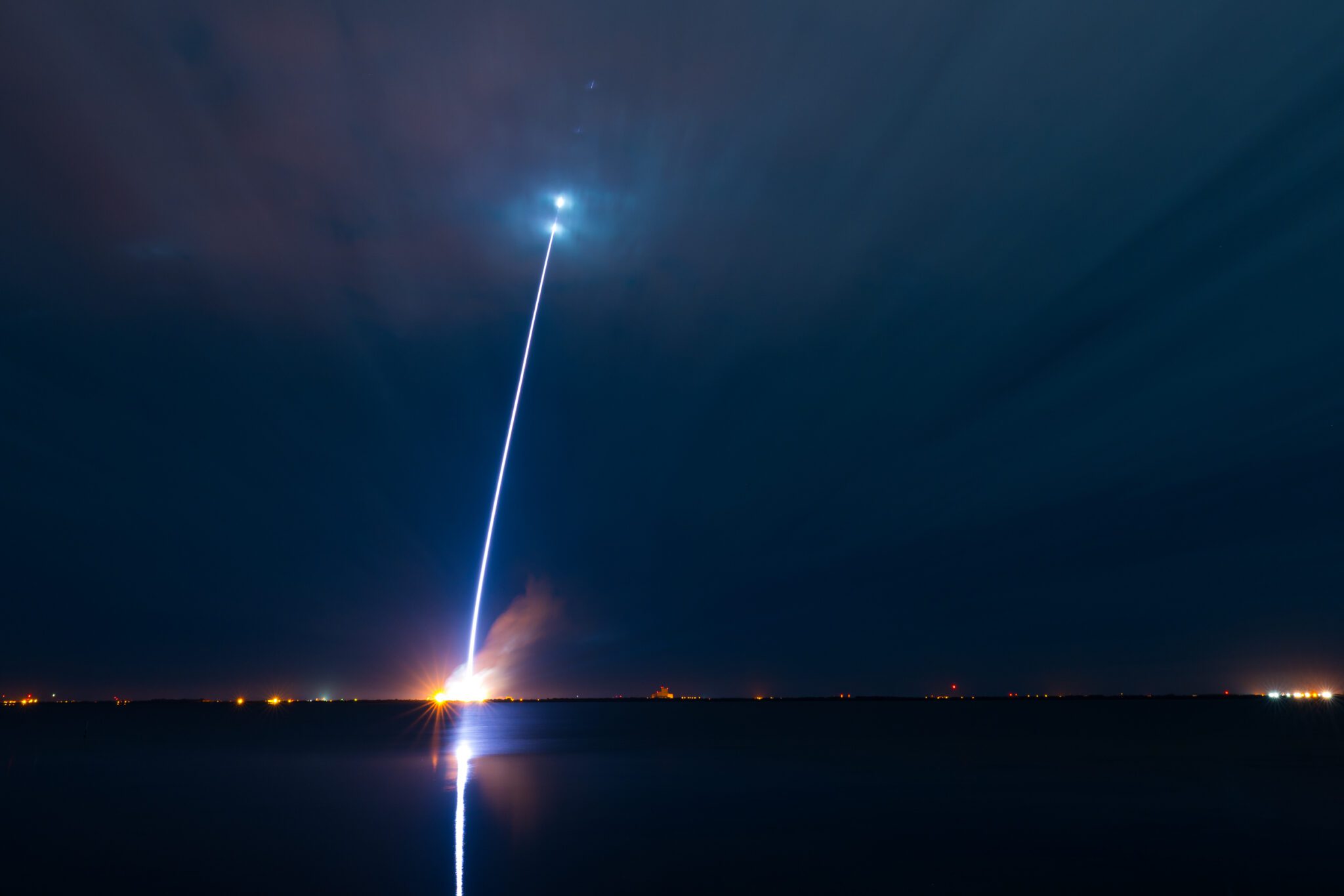In a news release the US DARPA agency has announced the award of three research contracts examining configurations in its Experimental Spaceplane (XS-1). The prime contracts worth reportedly circa US$4 million for Phase 1 of XS-1 have been awarded to three teams:
- The Boeing Company (working with Blue Origin, LLC)
- Masten Space Systems (working with XCOR Aerospace)
- Northrop Grumman Corporation (working with Virgin Galactic)
The XS-1 program aims to develop a fully-reusable unmanned vehicle that would provide aircraft-like access to space and deploy small satellites to orbit using expendable upper stages. XS-1 seeks to deploy small satellites faster and more affordably, and develop technology for next-generation hypersonic vehicles. XS-1 envisions that a reusable first stage would fly to hypersonic speeds at a suborbital altitude. At that point, one or more expendable upper stages would separate and deploy a satellite into Low Earth Orbit (LEO). The reusable first stage would then return to earth, land and be prepared for the next flight. Modular components, durable thermal protection systems and automatic launch, flight and recovery systems should significantly reduce logistical needs, enabling rapid turnaround between flights.
Key XS-1 technical goals include flying 10 times in 10 days, flying to Mach 10+ at least once and launching a representative small payload to orbit. The program also seeks to reduce the cost of access to space for 1,360 to 2,250kg payloads to less than US$5 million per flight.
In Phase 1 of XS-1, DARPA intends to evaluate the technical feasibility and methods for achieving the program’s goals. Tasks currently include:
- Develop the XS-1 demonstration vehicle
- Identify and conduct critical risk reduction of core component technologies and processes
- Develop a technology maturation plan for fabrication and flight test of XS-1 system capabilities
DARPA expects the performers to explore alternative technical approaches from the perspectives of feasibility, performance, system design and development cost and operational cost. They must also assess potential suitability for near-term transition opportunities to military, civil and commercial users. These opportunities include both launching small payloads per the program goals as well as others, such as supporting future hypersonic testing and a future space access aircraft.





